Last updated on January 15th, 2024 at 06:26 am
In current times, advanced transformation has entered almost every industry and that’s why companies opt for website development. There are several best programming languages in the market and you should select the best one among them as per the business needs. The programming languages enable technologies and there are 600+ programming languages in the technology sector. The recognition and command of programming languages change each year. Moreover, new programming languages are introduced with eye-catching benefits and functionalities. In this blog, we are going to discuss the 20 best programming languages in 2024. But before that, we will discuss what is a programming language.
What is A Programming Language?
A programming language facilitates communication between programmers (developers) and computers. A collection of directions called a programming language can be used to convert text data into different methods of producing machine code or, in the case of visual computer languages.
A program is usually a set of instructions developed by certain languages to perform particular tasks such as Java, C, C++, and Python.
Let’s discuss what are the best programming languages in 2024.
What Are the Best Most Popular Coding Languages in 2024?
Two of the most common programming languages among start-ups are Python and JavaScript. Most businesses use NodeJS, Flask, and Django, Python-based backend frameworks (JavaScript).
Additionally, these are considered to be the easiest programming languages for newcomers to learn.
The most well-liked programming languages that will continue to be in demand by 2024 are listed below.
1. Python
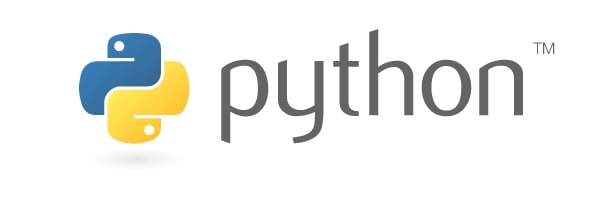

Python is a renowned programming language nowadays, which is easy for beginners to master.
Furthermore, it is a free, accessible best programming language to learn within many local communities and associated modules, straightforward web service integration, user-friendly data structure, and graphical user interface app program.
It is a highly used programming language for deep and machine learning programmers.
Pros:
- Developing website and software
- Data analysis and data visualization
- Task automation
Cons:
- Python code is implemented line by line
- Poor memory efficiency
- Weak in mobile computing
2. JavaScript


JavaScript is a high-level programming language that is an essential element of the world wide web. It is another Best Programming Languages.
For 97.8% of all sites, it is the language used for client-side development. Although JavaScript was first solely included to create online browsers, it is now utilized in server-side website installs and apps which are not webpages.
Pros:
- Support all modern browsers
- Eliminate wait time in server connection
- Simple Syntax
Cons:
- Lack of Debugging Facility
- Rendering Stopped
- Sluggish Bitwise Function
3. Java
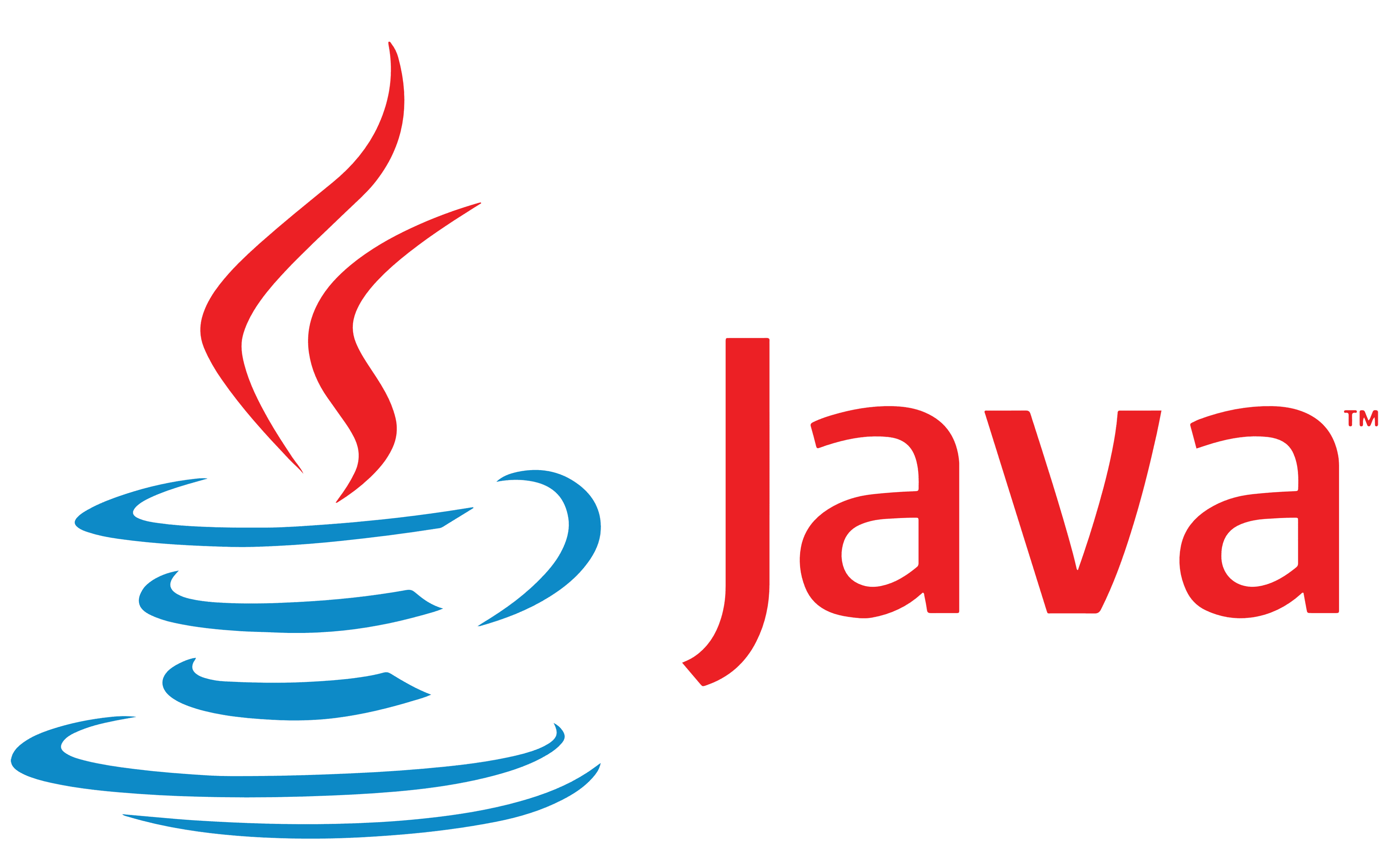

Java is frequently used in Android and mobile app development. It is also used in the backbends of many well-known services, including Google, Amazon, Twitter, and YouTube.
Additionally, it has a broad range of uses. All three new Java platforms, Spring, Struts, and Hibernate are quite well. Java is a high-level, object-oriented, secure, and robust programming language.
Additionally, there is a substantial online community of Java programs that help one another to solve issues. By application of Java, we can create various apps like enterprise apps, desktop apps, web apps, network apps, android apps, and many more.
After learning Java, you can apply to the best mobile app development company to get a job, as it has wider career opportunities.
Pros:
- Simple to use
- Object-oriented programming language
- Secure language
Cons:
- Poor GUI
- Paid commercial license
- No Backup facility
- Significant memory space required
- Slow and Poor performance
4. Go


Go is a programming language developed by Google for web technologies and APIs. It has recently gained popularity as among the fastest-growing web development languages due to its simplicity, adaptation to multicore and networked platforms, and capability to handle massive codebases.
Go is also called Golang and was created to meet the needs of developers who work on large projects. It is a recognized and contemporary language in the IT sector due to its easy-to-use process.
This is the programming language of choice for numerous companies, including Google, Uber, Twitch, Dropbox, and many others. Because of its speed and agility, Go is becoming a highly recognized programming language among data analysts.
Pros:
- Easy to learn
- Used for large-scale projects
- Simplified code
- Easy maintenance
Cons:
- Time-consuming
- Lack of generics
- Lack of Function related to Overloading and Default Values for Arguments
- Error Handling is not simple
5. PHP (short for Hypertext PreProcessor)


PHP is an open-source software program that was created in 1990.
Programmers mostly use it to generate server-side scripts. Consequently, advanced PHP programmers may also use this language to create interactive web apps and websites.
It is believed that learning PHP is quite easy for beginner developers. You can access several online groups of PHP specialists to make addressing issues simple.
Pros:
- Inexpensive Open-source software
- Ease of development
- Improved loading speed
- Economically viable
- Flexible Database connectivity
- Better combinability with HTML
Cons:
- Declining popularity
- Security flaws
- Lack of dedicated libraries for modern needs
- Not good for Errors Handling
6. Kotlin


When JetBrains first created and debuted Project Kotlin in 2011, this programing language was used for general purposes. The initial version was officially announced in the year of 2016. It helps in a standard programming language such as Java.
Kotlin is frequently used to create websites, web and Android applications, and server apps. It is easy to learn if you already know Java. The bulk of Google’s software is built mostly on Kotlin language.
It is a programming language that a few companies, including Pinterest, Coursera, and PostMates, highly useful.
Pros:
- Compared to Java and other languages, it has fewer lines of code.
- It is also simple to learn and is complete Java compatibility
Cons:
- Kotlin doesn’t use fixed keywords
- Minimal Learning Opportunities
- Compilation speed is slower
- Less Kotlin experts to Recruit
7. R
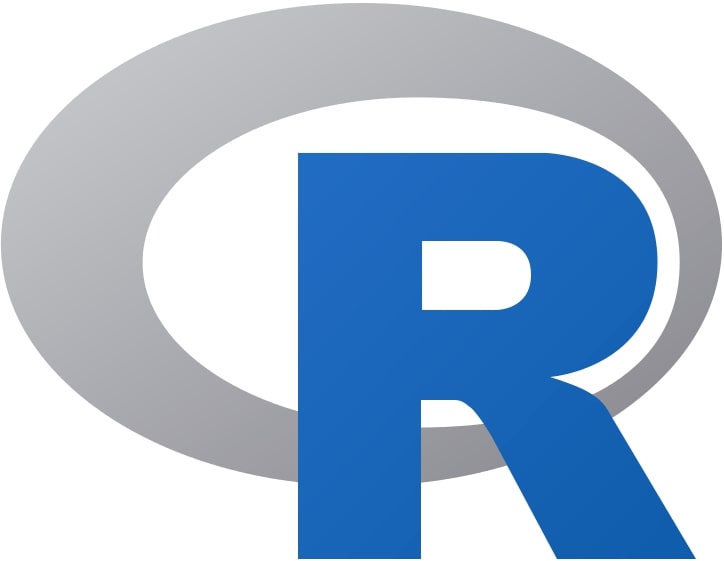

It is an open-source and diverse version of the S language. A developer creates various scripts for S to operate without modification on R.
R programming language is used for processing data, like computation, linear and nonlinear modeling, visualization, testing, and analytics. Applications written in R may communicate with many databases and handle organized and unorganized data.
The learning curve for R is not as simple as some other programs; hence it is less accessible for beginners.
However, R has an active online development community, like some open-source programming languages, which is always a bonus when acquiring new coding skills.
It is also used for data importing and cleaning. You can approach a job portal development company to make a career in the R programming language.
Pros:
- A Broad Range of Libraries
- Great assistance for managing data
- Open source environment
- A variety of available packages
- Compatible with Windows, Linux, as well as Mac OS
- Very good for applications utilizing machine learning
Cons:
- Lack of basic security
- Not an easy language to learn
- Slower than other programming languages like Python or MATLAB
- Requires a lot of memory
8. Ruby


Ruby is a fantastic choice if you’re looking for a program recognized for being relatively simple to learn. It has an elegant syntax that is easy to write and natural to read.
RoR (Ruby on Rails) is a Ruby-based web application platform. Developers choose Ruby because they find it to be a straightforward language of coding and since it takes so little time to master.
Due to these capabilities, Ruby has a substantial development community and is becoming increasingly popular among new developers.
Pros:
- Adaptable
- The syntax is written in a way that is easy to understand and write
- Extremely Secure
Cons:
- Slow Performance
- Improper Documentation
- Lack of Flexibility
9. Swift


Apple created Swift in 2014 for both Linux and Mac software. It is an intuitive and powerful programming language to develop an app for watchOS, macOS, iOS, etc. It is an open-source platform that is easy to learn.
With the help of objective-C programing language, Swift supports almost everything. In comparison to other languages, Swift requires fewer programming skills.
Additionally, IBM Bluemix and IBM Swift Sandbox may be used to execute it. Swift is used in well-known iOS applications, including Flappy Bird, WordPress, SoundCloud, and Mozilla Firefox.
Pros:
- Moderately simple to use
- Less coding required
- Clean syntax
- Rapid than other programming languages
- Open-source Platform
Cons:
- Limited talent pool
- Lack of support for earlier iOS versions
- Incomplete cross-platform support
- Poor interoperability with third-party tools
- The language is still quite young
10. Matlab
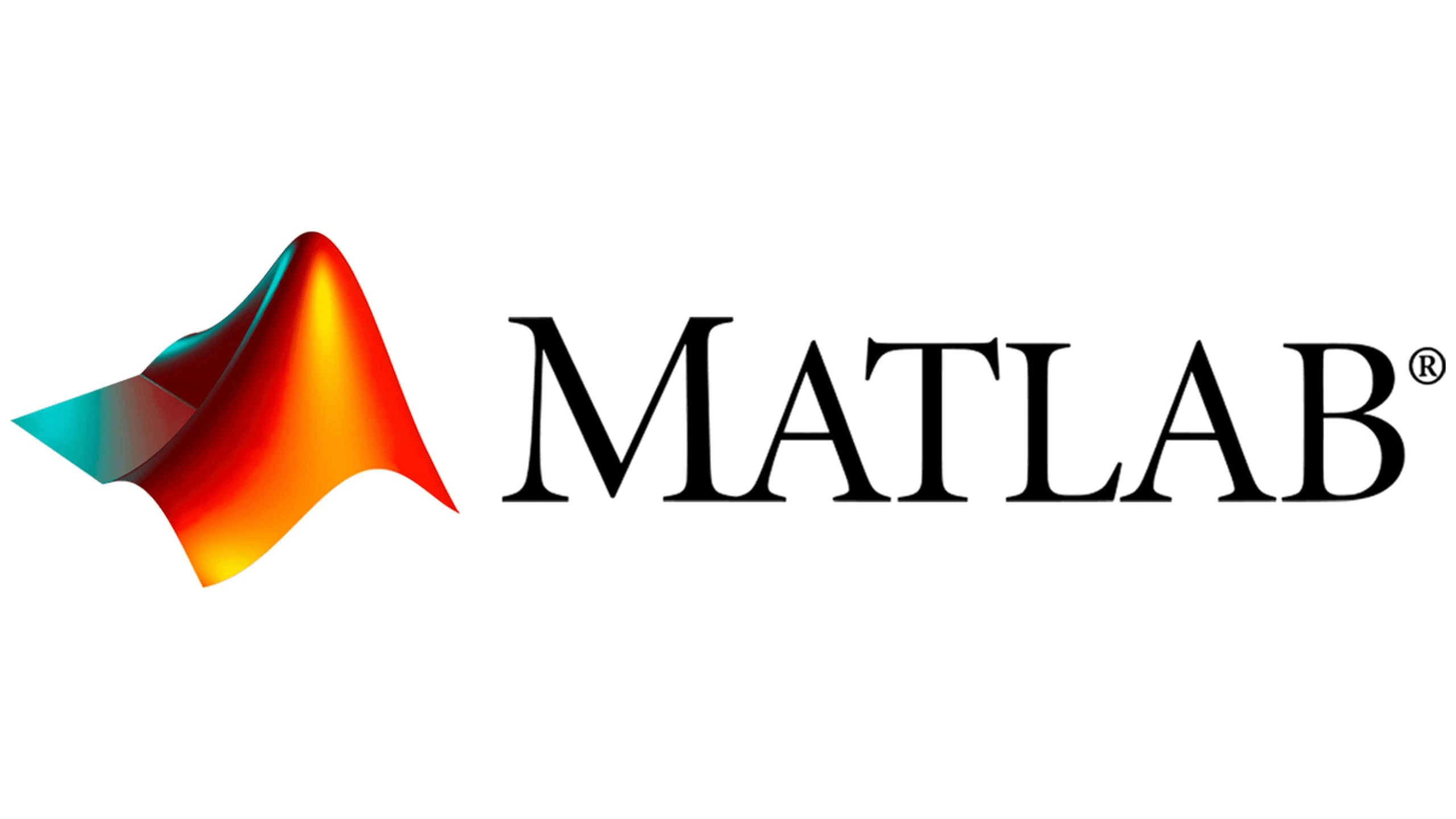

It was first made available in the middle of the 1980s and is a MathWorks-owned commercial programming language. It was created primarily for scientists and researchers to utilize.
Programmers use Matlab to build deep learning and machine learning apps. Users can create algorithms, analyze data, process photos, and verify research due to Matlab-based applications.
Of the computer languages of your choice, Matlab is often easier to learn. Additionally, the MathWorks website provides a more extensive area devoted to answering questions about Matlab.
Pros:
- Develop the computational codes easily
- Debug easily
- The process still images and create simulation videos easily
- Symbolic computation can be easily done
Cons:
- It is more expensive than a regular C
- It takes longer time to implement than other compiled languages like C and C++
- Requires a sufficient amount of memory
11. C and C++
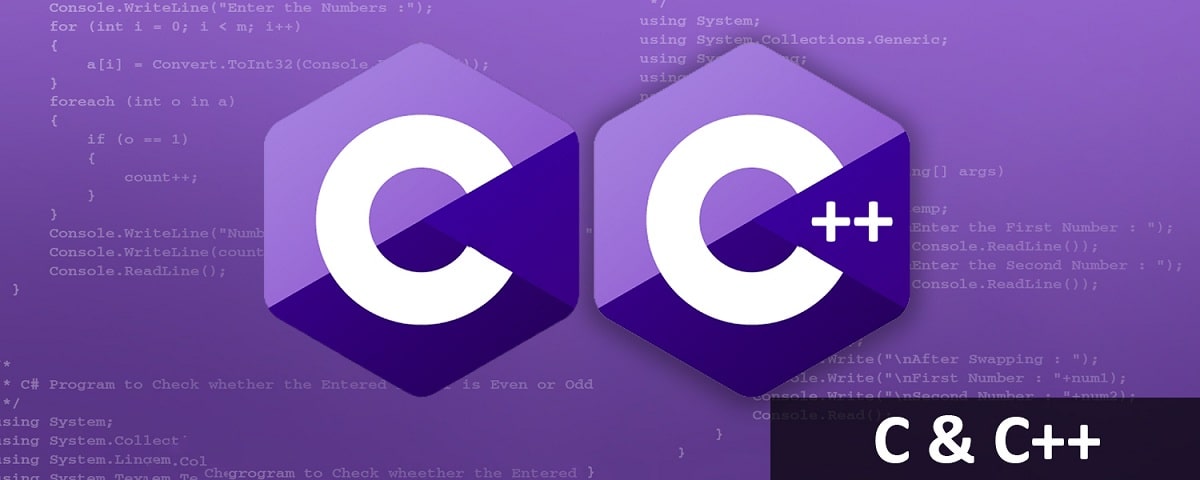

C is the oldest and most popular programming language and is the source of best code languages, including Java, C#, and JavaScript.
It is a structural coding language that does not support objects and classes, while C++ is an object-oriented programming language that supports the objects and concepts of categories. A more complicated version of C is C++.
C helps in the structural coding language, wherein the code is tested line by line, whereas C++ is an object-oriented coding language that supports the concept of objects and classes.
Both languages are extensively used in programming and computer science. C and C++ language has a large library that offers several built-in functions. It also provides dynamic memory allocation.
High-performance programming languages include C and C++. Thus, they are strongly encouraged to create programmes where performance is a key issue, like client/server applications, video games, and commercial products, including Adobe and Firefox.
Pros:
- C- Applied to understand the most basic concepts of programming fully.
- C++ – Compared to other languages, it allows for a significantly greater level of control.
Cons:
- C – Coding in C is more difficult, has a higher learning curve, and is not used for beginners.
- C++ – C++ is a little more difficult to pick up and become productive.
12. C#


Object-oriented programming techniques were supported by the C# computer language, which helped it to gain popularity in the 2000s. It ranks high among those used with the.NET framework. It is more equivalent to C++ than Java.
Applications developed in C# run smoothly on Windows, Android, and iOS since it leverages Microsoft Visual C++ and an integrated development environment.
Several well-known websites, including Bing, Dell, Visual Studio, and MarketWatch, use C# as their backend programming language.
Pros:
- Speed
- Simplicity of usage
- Object-oriented
- Scalability and upgradeability
- Open source
- Interoperability with other codes
- Massive library
Cons:
- Less versatile due to dependence on Microsoft. Net foundation and inadequate x-platform GUI
13. TypeScript
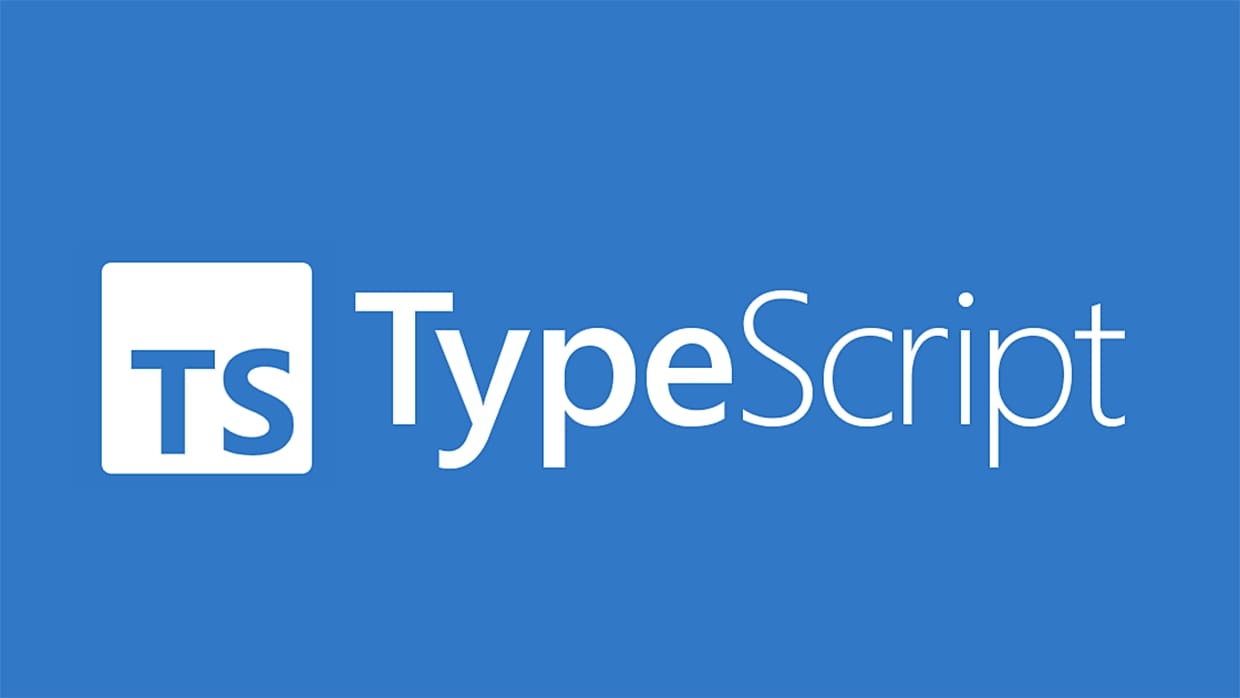

TypeScript is a strongly typed programming language that develops on JavaScript and provides you with better tooling to any extent.
Microsoft created it in 2012, serving as a specified JavaScript variant suitable for bigger code bases.
It is also used for creating JavaScript-based applications that include both client- and server-side programming. It makes a sound to catch errors and avoid systematic issues.
Pros:
- More beneficial for large projects
- It Increased team performance
- Types make code management easier
Cons:
- You must first be familiar with JavaScript.
14. SQL


SQL is a standard database query language. It is implemented for accessing, manipulating, and retrieving data in databases. SQL is a declarative language that stipulates the expected outcomes but not the specific steps to attain them.
SQL is an effective technique to access and manipulate data and is the world’s most extensively used database query language.
Pros:
- SQL is a standard database query language that makes users competent to manipulate and query data in a database rapidly.
- It is highly applied in different environments and apps like data warehouses, e-commerce, and web apps.
- It offers different benefits over other database query languages, like better data integrity, improved performance, and highly accessible data manipulation.
Cons:
- When unfamiliar with database concepts or programming, SQL can be pretty complex to learn.
- SQL can be slow contrasted to other languages, primarily while working with extensive databases.
- It is inappropriate for some tasks like challenging mathematical estimation or machine learning.
15. HTML (HyperText Markup Language)


It is the accepted language for building web pages and applications.
It is also applied to develop web pages. You can take into account HTML to add links, images, and other kinds of content to your web page. It is a simple programming language; hence you don’t need to comprehend much to build a basic web page.
Images and other objects like interactive forms could be entrenched within the produced page using the HTML frameworks. It aids in developing structured documents by demonstrating the fundamental semantics for text elements considered as paragraphs, headings, links, lists, quotations, and other objects. HTML components are defined by tags that are written in angle brackets.
Pros:
- The key benefits of using HTML consider developing well-structured and standard-compliant web pages that are simple to update and maintain.
- HTML is also simple to learn and is a great initiation point for those new to web development.
- HTML is applied to present content and framework on the web and is typically used alongside JavaScript and CSS.
- Furthermore, HTML offers powerful multimedia and interactive content assistance, making it an effective technique for developing engaging web experiences.
- HTML is the recent and updated version and considers new features such as audio and video elements, 2D/3D graphics, and local storage.
- HTML has the following advantages over earlier iterations: It is designed to be more subscriber and practical.
Cons:
Certain potential drawbacks can occur during website application development:
- First, HTML is a markup language; hence it is not as communicative as the programming language of PHP or JavaScript. It indicates that challenging web apps or pages can be complex to create in HTML.
- HTML is not a highly secure language; hence web developers should cautiously encode any user input to prevent security vulnerabilities appropriately.
- Lastly, HTML can be somewhat complex for beginners because it has different components and syntax procedures.
16. Scala
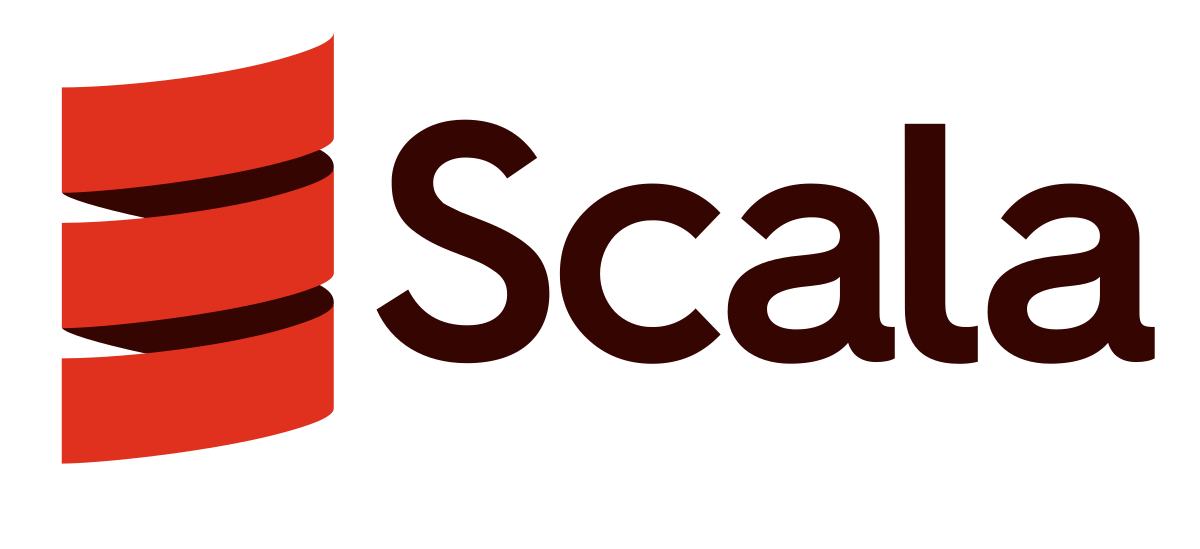

It is a combination of Java virtual machine language, which can combine important oop and structural programming languages within one unique high language. It is utilized for a variety of reasons.
Scala is also perfect for significantly lowering and eliminating bugs and complicated programs. Both usable and object-oriented coding are aided by it.
Programmers may use Scala for every job that Java is generally used for. Although it is a difficult language, its complexity makes it more adaptable. The New York Times, Netflix, and Twitter are a few companies that use Scala.
Pros:
- Fast compared to Python
- Excellent for big data
- Very efficient
Cons:
It has a lot of different aspects, a heavy processor, and a limited developer pool.
17. NoSQL
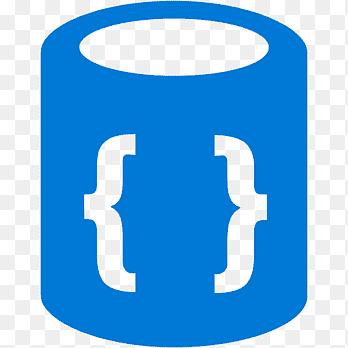

It is a non-relational database intended to offer high performance and scalability. Moreover, NoSQL databases are often implemented in big data apps wherein data is disseminated across different nodes.
The four critical classes of NoSQL databases are as below:
- Columnar stores
- Key-value stores
- Graph databases
- Document stores
Pros:
- It is a database system that does not utilize the conventional relational model.
- These databases are often implied for big data apps that need to scale rapidly.
- These databases can be rapid and more scalable as compared to relational databases.
Cons:
- NoSQL databases are usually less mature as compared to SQL databases. For example, it contains less functionality and features than SQL databases offer.
- Furthermore, since NoSQL databases are less standardized than SQL databases, it can be highly complex to address skilled personnel who can perform with them.
- This database could be less compatible with current apps and infrastructure than SQL databases.
18. CSS (Cascading Style Sheets)
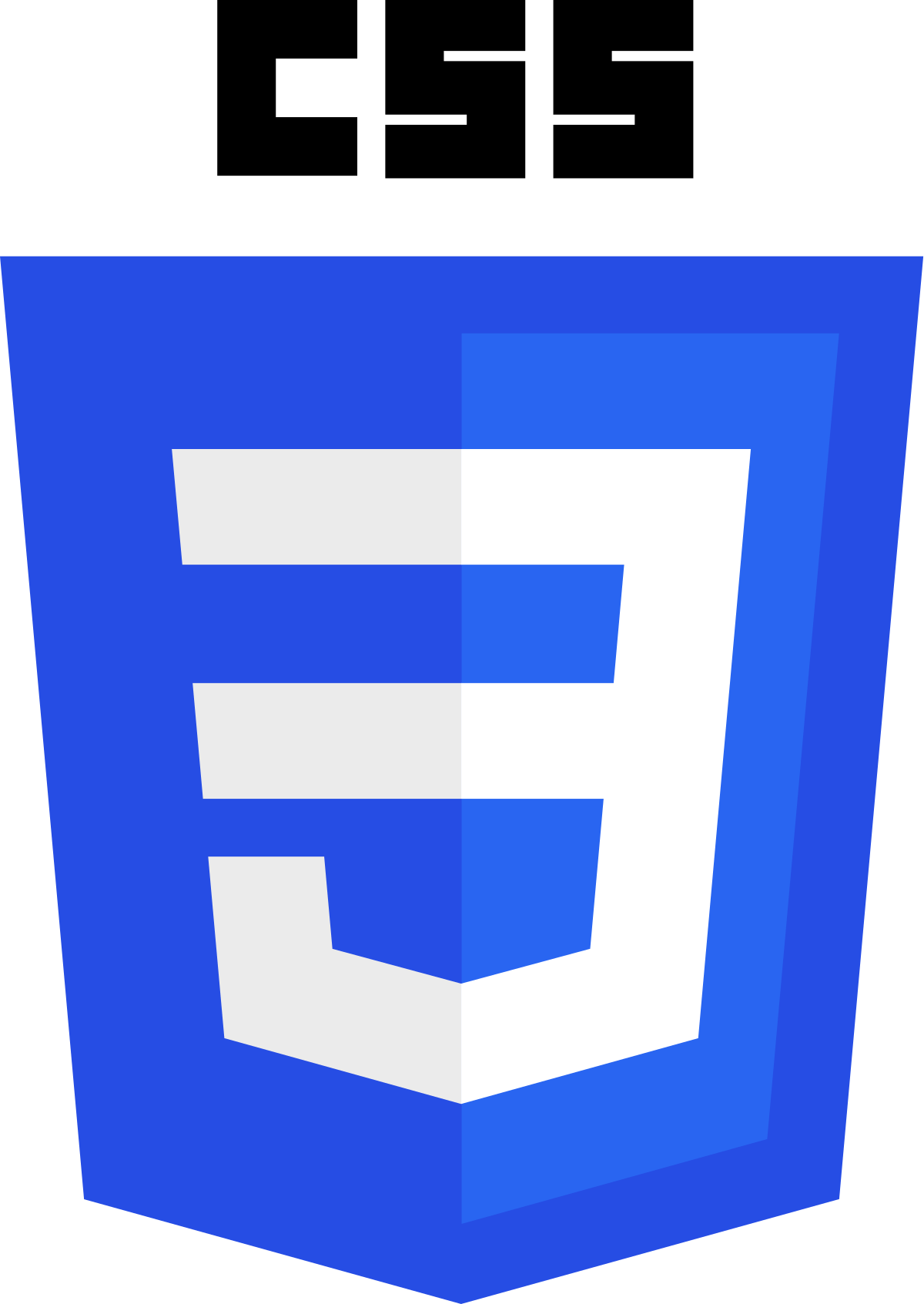

A style sheet language is implied to assess how a page produced in a mark-up language is demonstrated. Moreover, a style sheet is considered a set of rules for web browsers that can control an XML or HTML.
All HTML tags, such as text in the document’s headings, body, paragraphs, and other text elements, are styled using CSS. It also demonstrates grid elements, pictures, and table components.
Pros:
- CSS is implemented to style all HTML tags, such as headings, a body of documents, paragraphs, and other materials. CSS can be implemented to style how table elements, grid components, and images are demonstrated.
- Web developers consider CSS to develop responsive as well as accessible websites. CSS can make it simpler for web developers to build websites that seem sound on all the devices, such as tablets and mobile phones.
- It helps in developing a more accessible website for individuals with disabilities.
- It is simple to use and learn. Different resources and tutorials are accessible online; anyone can start by implementing CSS to style their web pages.
Cons:
CSS can be complex to modify. While there are errors in a CSS file, it can be challenging to track down the source of the issue.
- Furthermore, it could be time-consuming to write. Moreover, CSS files can be complex and large; it can take a lot of time to maintain and create them.
- CSS is a powerful technique that can be implied to style web documents. But it is significant to understand the potential challenges before implementing them.
19. Perl
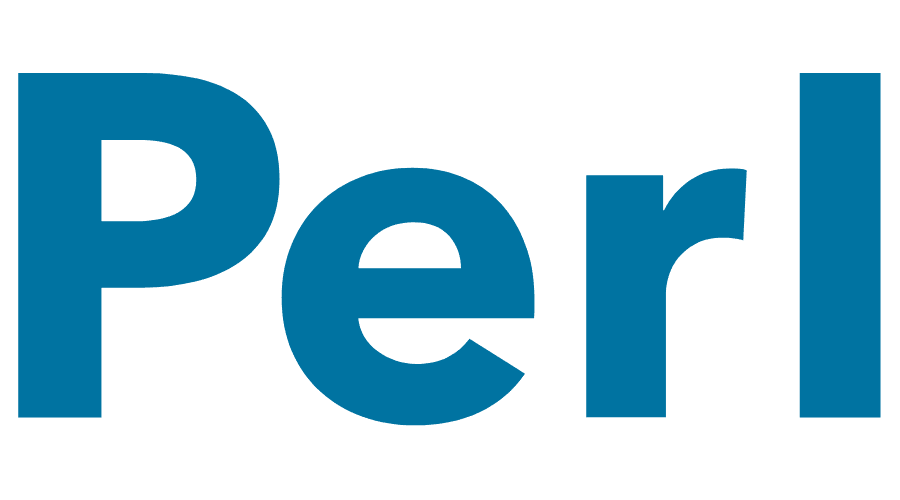

Perl is an advanced-level, interpreted, and general-purpose programming language. Though Perl is not formally an abbreviation, different backronyms, such as Practical extraction and report language, are available.
Larry Wall initially created Perl in 1987. And the general purpose of this is to make report processing easier by Unix scripting language. Since then, it has experienced diverse revisions and alterations.
Perl is termed the Swiss Army Knife of programing language due to its power and flexibility. It is implied for network programming, web development, system administration, and more.
Pros:
- It is a robust programming language with different apps and features. It is extensively applied in web development, system administration, network systems, and other areas.
- Perl is simple to use, and its short syntax makes it the best decision for beginners. It is also highly flexible, permitting you to write programs differently.
- Perl has better assistance for different databases, making it a sound choice for database-driven apps. It also has excellent provision for multimedia and graphics and creates a better selection of media-rich apps.
Cons:
Although Perl is an exciting and rich feature programming language, it has some cons.
- Firstly, it is more complex to learn than some other languages, such as Python, and it has a vertical learning curve and can confuse newcomers.
- Furthermore, Perl has less assistance available since it is not as popular as other languages and may be somewhat sluggish compared to specific other languages.
- Take a glance at the video below, which discusses the programming languages that are currently trendy and in demand.
20. Rust
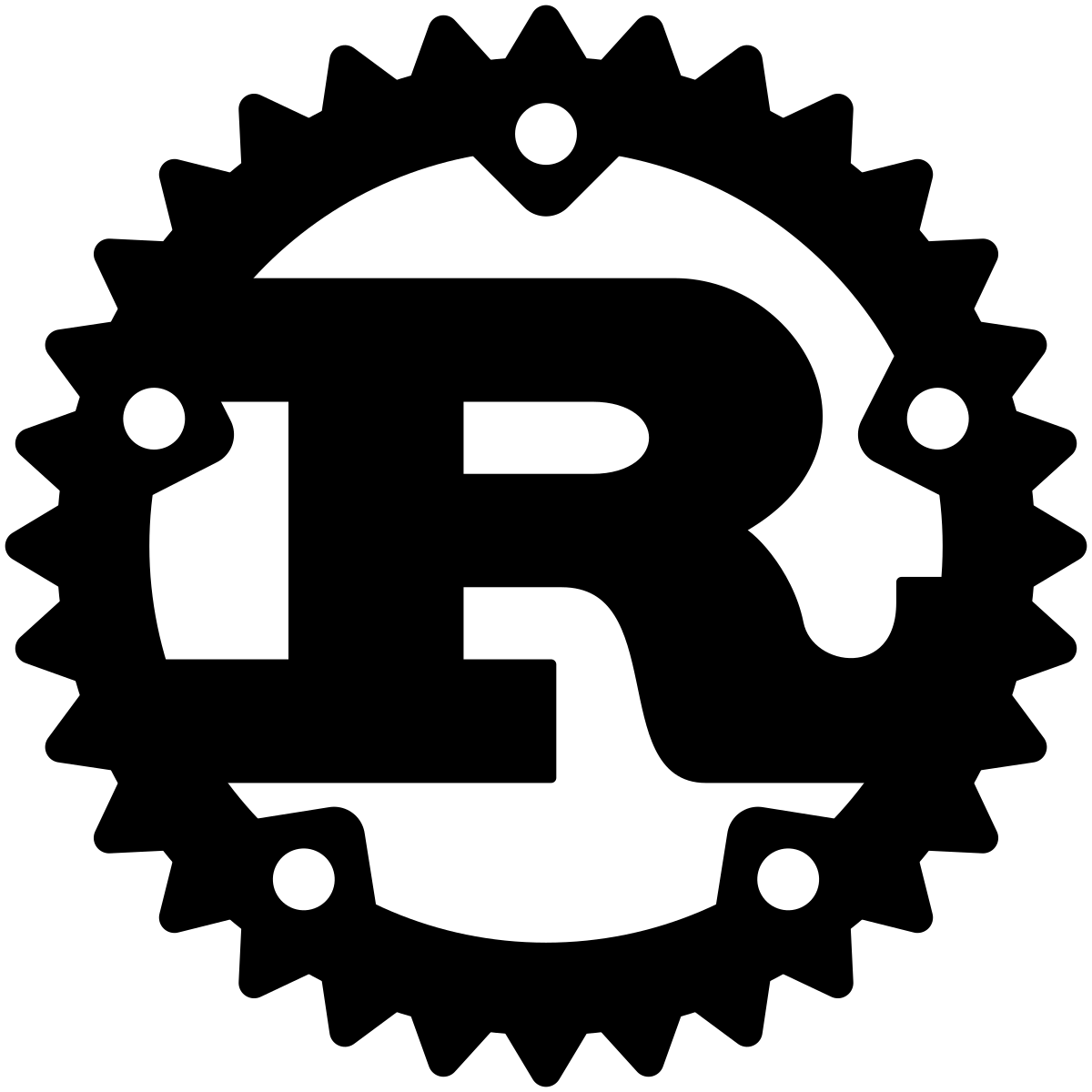

It is a programming language that is considered to be concurrent, safe, as well as practical. Rust is a system programing language that operates fast, avoids segfaults, and ensures the thread’s safety. It is also memory-efficient and uses less memory, making it ideal for set systems.
Pros:
- This is an efficient and rapid programming language considered to develop high-performance apps.
- It is a reliable and safe language that makes it suitable for building mission-critical software.
- Moreover, it is easy to use and learn and has a large community of developers who are always interested in assisting.
Cons:
While it has different features that develop it into an attractive language, implementing it has some drawbacks.
- More assistance or documentation is needed for other languages since it is a new language that makes it challenging to use and learn Rust.
- Moreover, Rust only supports some platforms and could be complex to integrate with current codebases.
How to Choose the Correct Programming Language for Your Business?
Before drawing any conclusions, we must ask ourselves a few questions if we must select a language for a project. For example, what kind of project is it? Scalability, sophistication, development budget, timeline, security testing, and resources accessible to the app.
The project team always believes that the application will endure and continue to serve the client’s demands even if subsequent company changes occur.
Here are some pointers for you:
- Include the environment, community, and accessibility for programmers as three crucial considerations.
- Many programmers make the error of choosing a language just because it is more well-liked, current, and trendy. So, it would help if you avoided this.
- As a developer, you must consider your project’s different variables.
- The programming language used for a project must be selected according to the company’s needs rather than because it offers some elegant features or is popular.
- By choosing a programming language appropriate for your project from the beginning, you will need to spend less effort on maintaining, scaling up, and safeguarding the project.
Key Takeaways
The current top programming languages, which are widely used and well-known for their applications, are listed above. A general list of some of the most recognized programming languages is used rather than in a specific order.
These are all the top programming languages, and how you use them depends on the size of your total project and the demands of your clients.
FAQs on Most Popular Programming Languages
Q1) Which programming languages are most popular?
- The most widely used programming language for web development is Python, which includes a large selection of frameworks like Django and Flask. Since it is simple to use and comprehend, Python is the first programming language that newcomers choose to learn.
Q2) What are the top 3 programming languages?
A. The top 3 and most potent programming languages are Java, C, and Python. These languages come with various tools and libraries that enable you to utilize and incorporate them into web development projects.
Q3) Which programming language is the best in 2024?
- Python will be the top programming language in the future. According to the study, around 80% of developers use Python as the best coding language. Python is now in the lead because ML programmers and data scientists use it and prefer it over other programming languages for development.
Q4) What are the 5 main programming languages?
- Following are the best coding languages:
- Python – It is the most beginner-friendly language available. To solve problems, you may speak directly with the programmer.
- C/C++ – It is used by those who keep working on Microsoft and Windows. It is an accurate solution for game developers and may be used for Unity 3D apps.
- SQL – It is sometimes called a sequel or Structured Query Language. It is another programming language used for database updates and information retrieval.
- Java – It appeals to developers because it can run on several platforms.
- JavaScript –It is a scripting language that adds interactivity to internet sites.
Q5) In 2024, what programming language should I learn?
- Undoubtedly, learning the best programming languages, such as Python, JavaScript, and various others, would help individuals to build a successful future. Python would be the most suitable option for beginners among them.



Naveen Khanna is the CEO of eBizneeds, a company renowned for its bespoke web and mobile app development. By delivering high-end modern solutions all over the globe, Naveen takes pleasure in sharing his rich experiences and views on emerging technological trends. He has worked in many domains, from education, entertainment, banking, manufacturing, healthcare, and real estate, sharing rich experience in delivering innovative solutions.




